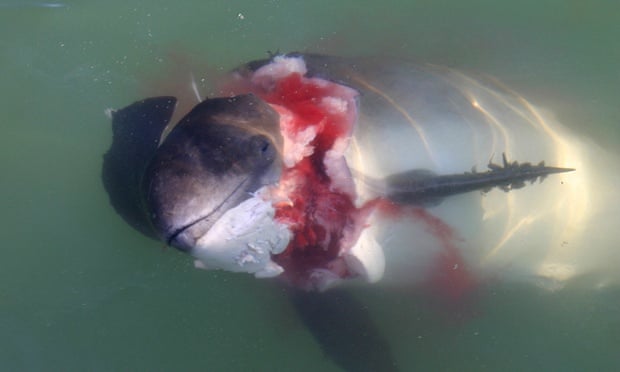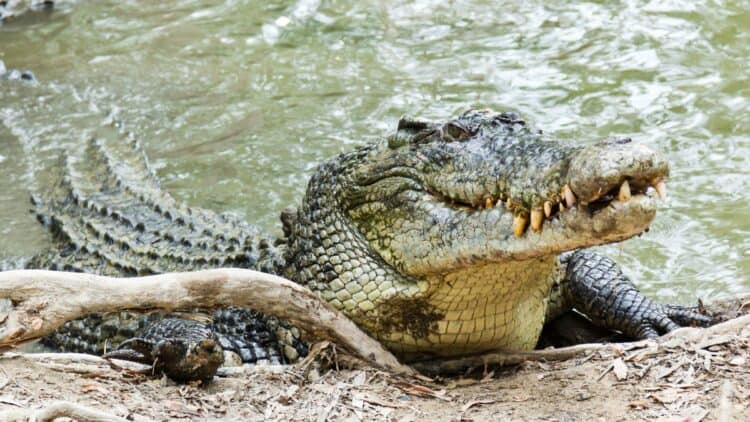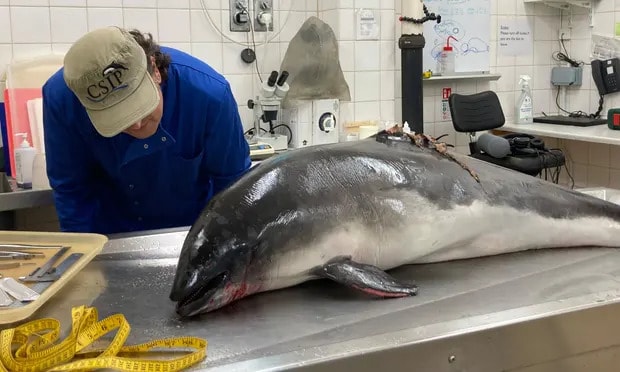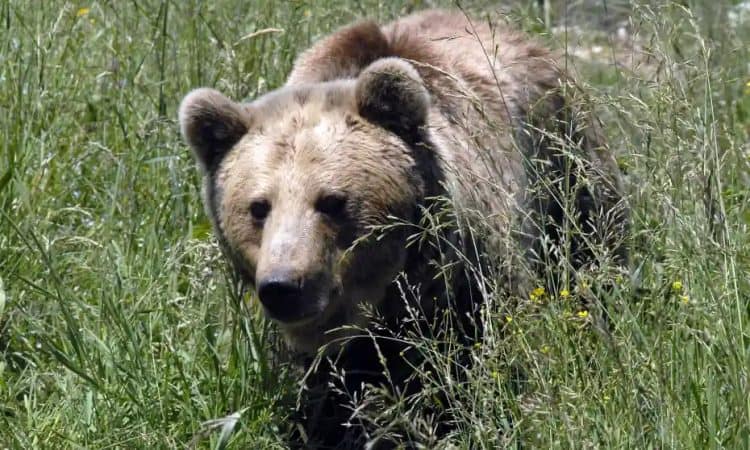Seals have been identified as the killers behind the mystery of dead porpoises found with distinct mutilations on Dutch beaches over the past decade.
The cause of large numbers of harbour porpoises washing up on the Netherlands coast was previously unknown and contested, but an eight year-long study concludes that grey seals have “learned a new trick” and are preying on them.
The author of the paper, published in the journal Proceedings of the Royal Society B, said that there was no reason to think they would not attack humans as well.
Using DNA analysis of the the bite wounds, a Dutch team examined 721 of 1,081 porpoises that were stranded between 2003 and 20013 along the Dutch coastline and found that nearly one in five had been killed by seals. That makes the seals the major cause of harbour porpoise deaths in the Netherlands, alongside being killed as fishing bycatch.

“This is a new behaviour. They’re normally fish eaters, they can eat a large fish, around half a metre. It’s a switch from fish-eating to mammal-eating. I don’t think it’s indicative of lower fish stocks, they just learned a new trick,” Mardisk F Leopold, who led the research, told the Guardian.
“They are very social and when they go hunting, they do it alone, so it was surprising they can transfer this behaviour to others. It’s not just one seal. This is everywhere along the Dutch coast.”
He said there was no reason to think the behaviour, which took off in a big way from 2006 onwards, would not be replicated by other seals in northern Europe. “We know there is exchange between ‘Dutch’ seals and ‘English’ or ‘Scottish’ seals, so there’s ample opportunity for dispersal of this behaviour.”
The porpoises are targeted by the seals for their blubber, with healthy and fat juvenile the favoured prey. The scientists speculate as to whether porpoises will adapt to the threat of being eaten by seals by becoming leaner and faster swimmers, though this would put them at risk of dying from emaciation, another major cause of their death.
The paper concludes that many of the porpoises were found on beaches used by swimmers and surfers and there was no evidence to suggest why “humans may not be at risk from grey seal attacks.”
Leopold said there had been reports of seal-human incidents in northern Europe, but no deaths. “Attacks is maybe a big word – people have been bitten while swimming. I don’t think there have been attacks that have not been provoked.”
This article was first published by The Guardian on 26 Nov 2014.







Leave a Reply